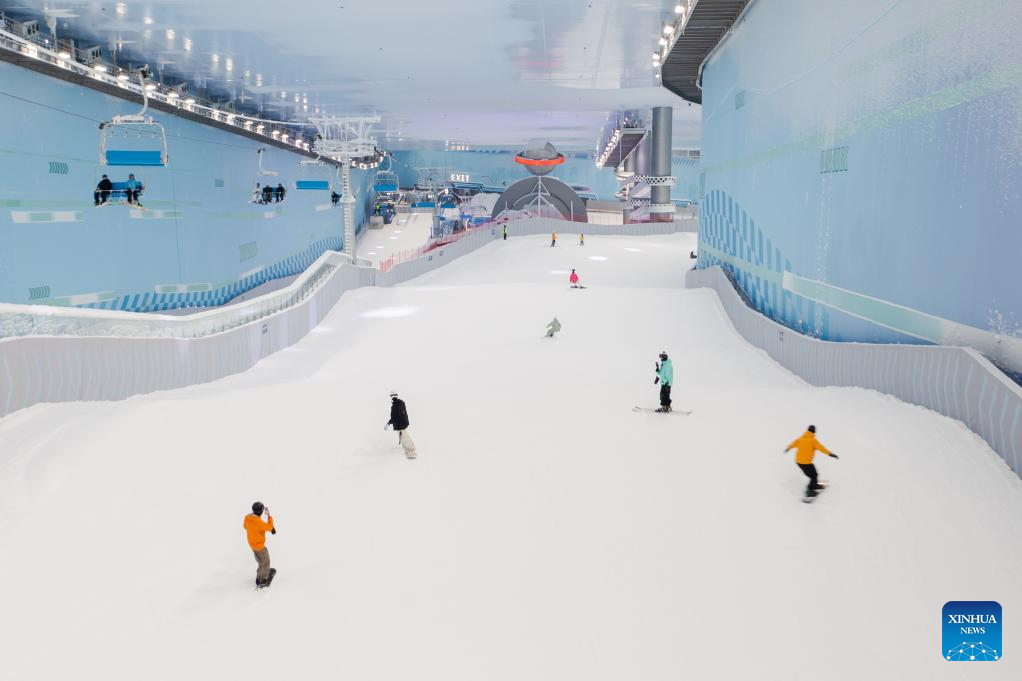- Your Ultimate Guide To Stargazing And Astronomy In 2026 Forbes
- The 9 best things to see in the night sky with binoculars from November 2025 to January to 2026 Live Science
- Skywatching Events 2026: Eclipses, meteor showers, comets, supermoons,…
Blog
-
Your Ultimate Guide To Stargazing And Astronomy In 2026 – Forbes
-

Men’s Basketball Hosts Delaware State Monday For Non-Conference Finale
PISCATAWAY, N.J. – Coming off a thrilling finish to topple Penn in the team’s last outing, Rutgers men’s basketball has one more non-conference game left on the slate before closing the regular season with 16 straight Big Ten Conference games….Continue Reading
-
Security Forces on High Alert Along Jammu and Punjab Borders Following Terror Threat
Security forces have ramped up vigilance along the International Border in Jammu and in the frontier districts of neighbouring Punjab following intelligence inputs about potential terrorist infiltrations from Pakistan. After heightened…
Continue Reading
-
King Charles calls for more compassion in Christmas speech – Business Recorder
- King Charles calls for more compassion in Christmas speech Business Recorder
- King Charles Breaks Tradition by Filming Royal Christmas Broadcast in a Brand New Location People.com
- King urges kindness and resilience in Christmas message BBC
- King…
Continue Reading
-
‘Protest or parley?’: PTI grows weary of mixed signals – Dawn
- ‘Protest or parley?’: PTI grows weary of mixed signals Dawn
- TTAP opens door for talks, but PTI’s split leaves dialogue uncertain The Express Tribune
- Opposition signals readiness for talks as govt questions Imran’s credibility Geo News
Continue Reading
-

The most valuable smartphone upgrades of 2025
iPhone 17 features improved hardware and AI upgrades that enhance its work capabilities. Photo: Tom’s Guide In 2025, smartphones didn’t see jaw-dropping hardware breakthroughs. But that didn’t mean the mobile world stood still.
On the…
Continue Reading
-
China Signals Goal of Slow Yuan Gain Via Fix Well Below Estimate – Bloomberg.com
- China Signals Goal of Slow Yuan Gain Via Fix Well Below Estimate Bloomberg.com
- China’s PBOC signals caution on rapid yuan gain as it nears key 7 mark Business Recorder
- Central Parity of USD/ RMB Gains 49 bps to 7.0523 AASTOCKS.com
- The onshore yuan broke through the 7.01 mark against the US dollar, reaching a new high for 2024. Bitget
- Chinese yuan stable with upside bias in 2026: Global institutions news.cgtn.com
Continue Reading
-

Fincantieri Marinette Marine Names Former U.S. Navy Secretary Kenneth Braithwaite as Board Chairman
Fincantieri Marinette Marine, the U.S. shipbuilding subsidiary of Italian shipbuilding group Fincantieri, announced that it has appointed former U.S. ambassador to Norway and the 77th Secretary of the Navy, Kenneth J. Braithwaite, as Chairman of…
Continue Reading
-
Xiaomi 17 Ultra global launch date officially revealed – Huawei Central
- Xiaomi 17 Ultra global launch date officially revealed Huawei Central
- Xiaomi 17 Ultra launch date and design officially revealed GSMArena.com
- Xiaomi 17 Ultra Leica Edition: What’s Master Camera Ring and how it works Huawei Central
- Xiaomi 17…
Continue Reading
-

Xinhua photos of the day-Xinhua
An aerial drone photo taken on Dec. 25, 2025 shows skiing enthusiasts enjoying skiing at new-opened Changchun Wanda Ski Resort in Changchun, northeast China’s Jilin Province. (Xinhua/Xu Chang)

A young dancer performs on a simple stage at the…
Continue Reading